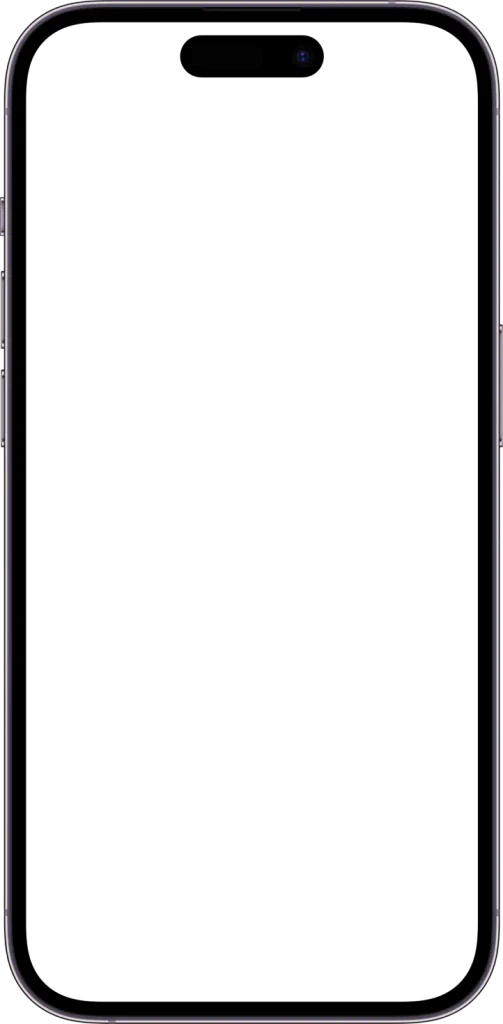Building Community
Appartment
ROLE
Co-founder | Product manager | UX Designer
YEAR
2020
Background
Appartment started from my experience as a building manager. I noticed that people living in the same building had no real connection. They met once a year in formal meetings, but couldn't solve their problems in those two hours. People often struggled to coexist harmoniously. The goal was to create a solution that addressed this issue in a practical and achievable way.
Problem
In apartment buildings, especially the ones with many people, it’s common for frustrations to build up over shared spaces, broken amenities, noise, or even just the general day-to-day issues of living together. People don't always know how to communicate their issues, or worse, they might feel like it's pointless. No one wants to be the one who sends another angry message on WhatsApp or puts up a passive-aggressive note in the elevator.
Solution
We decided to build a simple app that would allow residents to post problems and vote on solutions. That's it. We didn't go for anything flashy. No gamification, no complicated features. Just a straightforward tool for people to voice their concerns and feel heard.
One key feature was that the identity of the person who posted an issue remained anonymous until the issue received enough votes to be accepted.
The app had two main functions:
Post Issues: Anyone in the building could post about an issue—broken lights in the hallway, noise complaints, suggestions for common area improvements. All posts were visible to everyone else, but the identity of the poster remained hidden until the issue gained enough votes.
Vote on Solutions: Others could upvote problems that they also cared about, and they could propose or vote on solutions. This way, we hoped that the most pressing issues would rise to the top and that the solutions would be something the majority supported.
Real Feedback, Real Adjustments
We launched the app with just one building, about 40 apartments, a mixed demographic. Some people were skeptical about it. Would people really use an app like this instead of just complaining in person or ignoring the problem altogether? We didn't know. But we tried.
The First Few Weeks
The first week was slow. We had a handful of issues posted—a leaking faucet in the common laundry room, a request for more recycling bins, and a couple of noise complaints. Not groundbreaking. But then, something interesting happened: people started voting. Someone proposed a time window for acceptable noise levels, and it got traction. People actually engaged with it, and eventually, they agreed to some guidelines. The building adopted them, and the complaints dropped.
Unexpected Outcomes
One of the most surprising parts was how people started interacting differently outside the app. Once someone had posted about the noisy neighbor issue, others realized they weren’t alone in their frustration. It led to a few people knocking on each other's doors—not to argue, but to apologize and work things out. It turned out that just knowing others shared the same problems made people more willing to connect.
Another thing we noticed was that issues related to maintenance became much more efficient. Instead of waiting for someone to contact the building management individually, problems that got enough votes were reported directly, with clear backing from multiple residents. Management appreciated the transparency—they knew exactly what needed to be prioritized.
What we learned
The MVP worked, but not because of any fancy feature. It worked because it gave people a small, easy way to be heard and to contribute to their community without much friction. The simplicity was key. We didn’t solve every problem, and not everyone participated, but the ones who did seemed to feel more involved. People want to be heard, and they want their voices to matter. It’s a small thing, but it matters.
We also learned that building a community app is not about technology. It’s about behavior and trust. The technology just has to stay out of the way and make it a bit easier for people to do what they want to do anyway—to live together a bit better.
Conclusion - Why we failed
There were several reasons why the app ultimately didn't succeed. First, we couldn't find a sustainable revenue model. We didn't have a clear path to monetize the app, and without a revenue stream, it was hard to justify ongoing development and support.
Second, COVID happened. During the pandemic, many people moved out of shared living situations or were simply less concerned with community issues as they focused on more pressing personal challenges.
Lastly, the app's engagement levels were lower than we hoped. Users only used the app occasionally—maybe once a month. After that, they tended to forget about it. It never became a habit, which was crucial for the app's success.
Let's build together! 🙌🏻
If this story resonates with you and also you're an entrepreneur with a vision for building impactful apps, I'd be happy to share my experience and help bring your ideas to life. Drawing from my own journey, I understand the ups and downs.
I'd love to hear from you. I'm always interested in connecting with others who are passionate about solving real-world problems.
Feel free to reach out!






